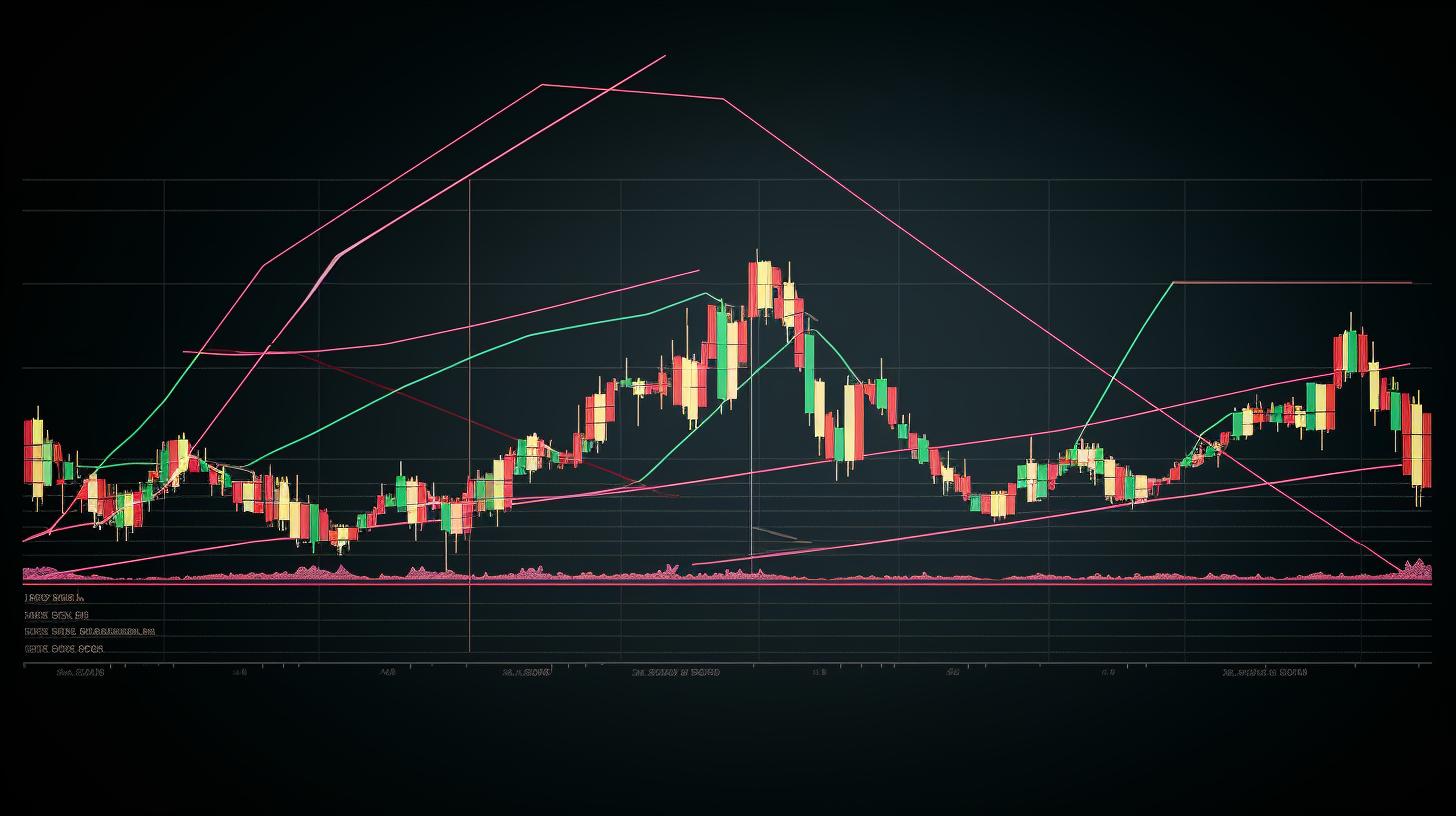SEC Chair Paul Atkins Clarifies Crypto Token Classification and Regulatory Vision
Paul Atkins, Chair of the U.S. Securities and Exchange Commission (SEC), announced a significant shift in the agency’s approach to cryptocurrency regulation during his keynote at the OECD Roundtable in Paris. He asserted that “most crypto tokens are not securities,” signaling a departure from the previous administration’s stringent enforcement tactics.
Atkins introduced Project Crypto, an initiative aimed at creating a cohesive regulatory framework that integrates trading, lending, and staking of digital assets. This approach is designed to replace piecemeal enforcement with clear, consistent rules that foster innovation within the United States.
Unified Regulation and the Rise of Crypto ‘Super-Apps’
Central to the SEC’s updated strategy is the endorsement of so-called “super-apps”—platforms capable of managing multiple crypto functions such as trading, lending, and staking within a single regulatory umbrella. Atkins emphasized that these platforms should have the flexibility to offer diverse custody solutions, advocating for a regulatory environment that imposes the “minimum effective dose” necessary to protect investors without stifling entrepreneurial activity.
“We should not overburden entrepreneurs with duplicative rules that only the largest incumbents can bear,” Atkins stated, underscoring the SEC’s intent to balance investor protection with market innovation.
International Regulatory Developments and Cooperation
Atkins commended the European Union’s Markets in Crypto-Assets (MiCA) framework as a comprehensive model for digital asset regulation, suggesting that U.S. policymakers could benefit from Europe’s early regulatory initiatives. He also called for enhanced international cooperation to enable more innovative and prosperous markets worldwide.
Complementing this perspective, the European Banking Authority (EBA) recently finalized draft rules requiring EU banks to hold significantly higher capital reserves against unbacked cryptocurrencies like Bitcoin and Ether. These measures, pending European Commission review, impose a 1,250% risk weight on such assets, reflecting a cautious stance toward crypto exposure in the banking sector.
This conservative approach contrasts with regulatory trends in other jurisdictions. In the U.S., the Federal Deposit Insurance Corporation (FDIC) permits supervised banks to engage in crypto activities without prior approval, while Switzerland has updated its distributed ledger technology (DLT) laws to facilitate crypto custody and stablecoin guarantees.
Looking Ahead
As Project Crypto advances, market participants and regulators alike will be watching closely to see how the SEC balances innovation with investor safeguards. The agency’s willingness to adopt flexible frameworks and endorse multi-functional platforms marks a potential turning point in U.S. crypto regulation.
FinOracleAI — Market View
The SEC Chair’s declaration that most crypto tokens are not securities combined with support for integrated “super-app” platforms suggests a regulatory environment that encourages innovation while aiming to reduce uncertainty. This approach is likely to boost market confidence in the short term by clarifying regulatory expectations and enabling broader crypto service offerings under one framework.
However, risks remain around the pace and details of implementation, as well as how international regulatory divergence—particularly between the U.S. and EU—will affect cross-border crypto activities. Investors and firms should monitor further guidance from the SEC and developments in global cooperation efforts.
Impact: positive













